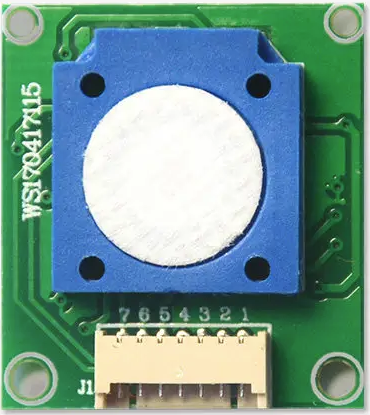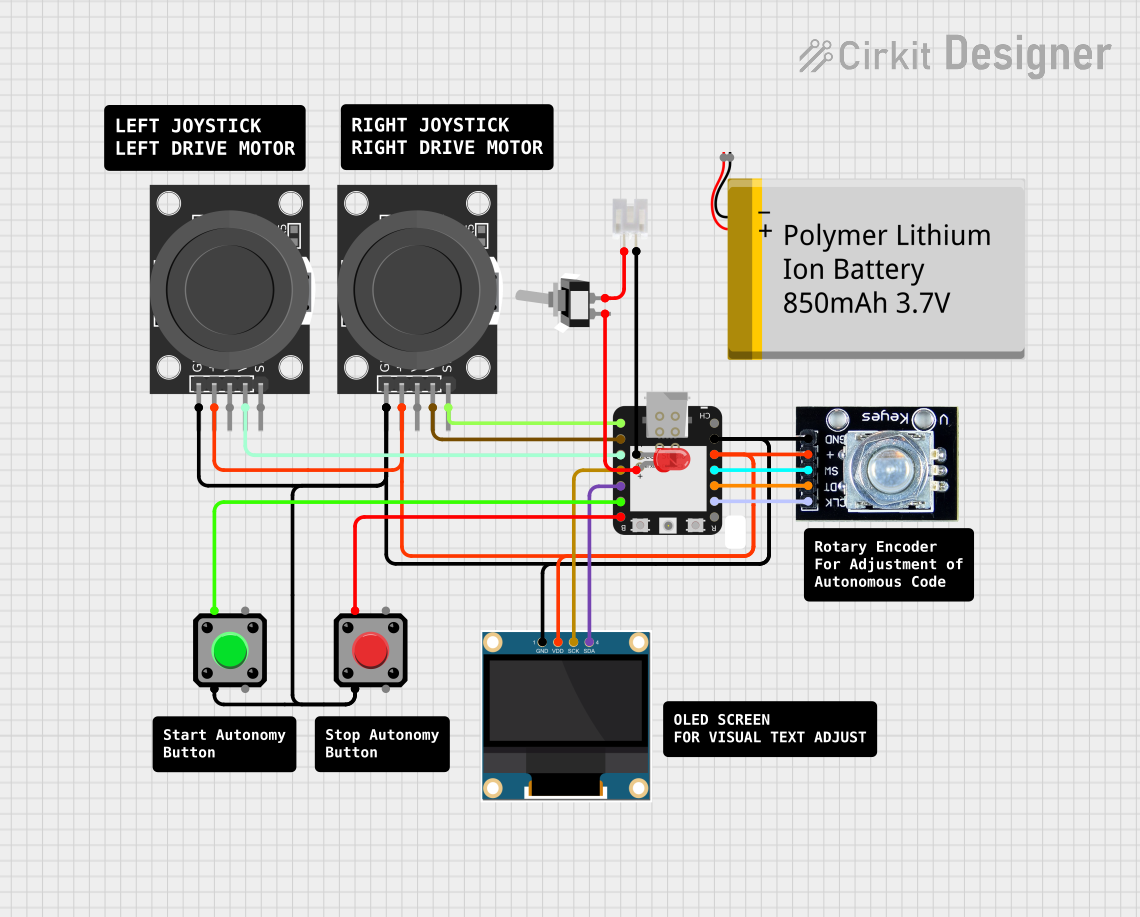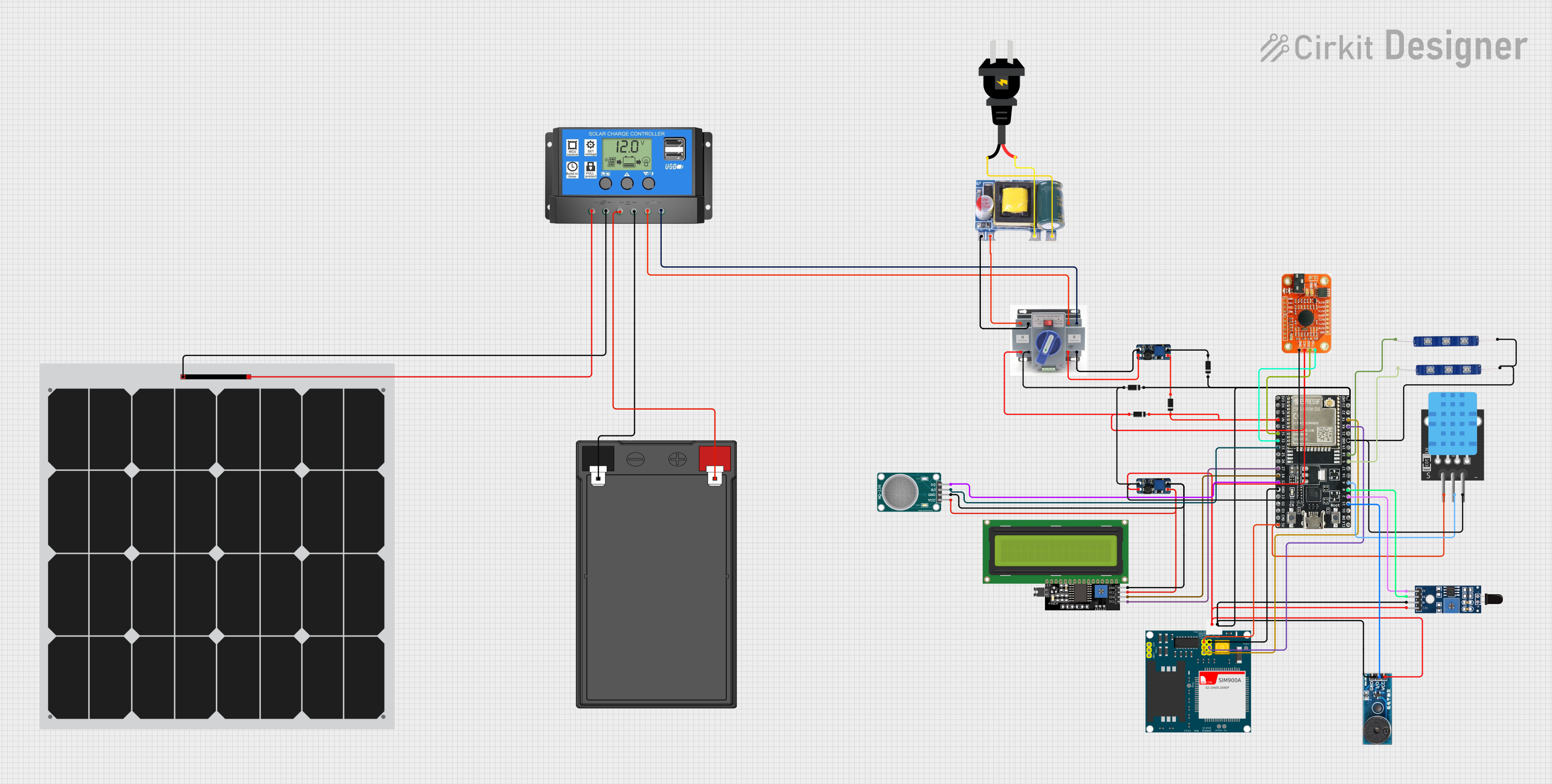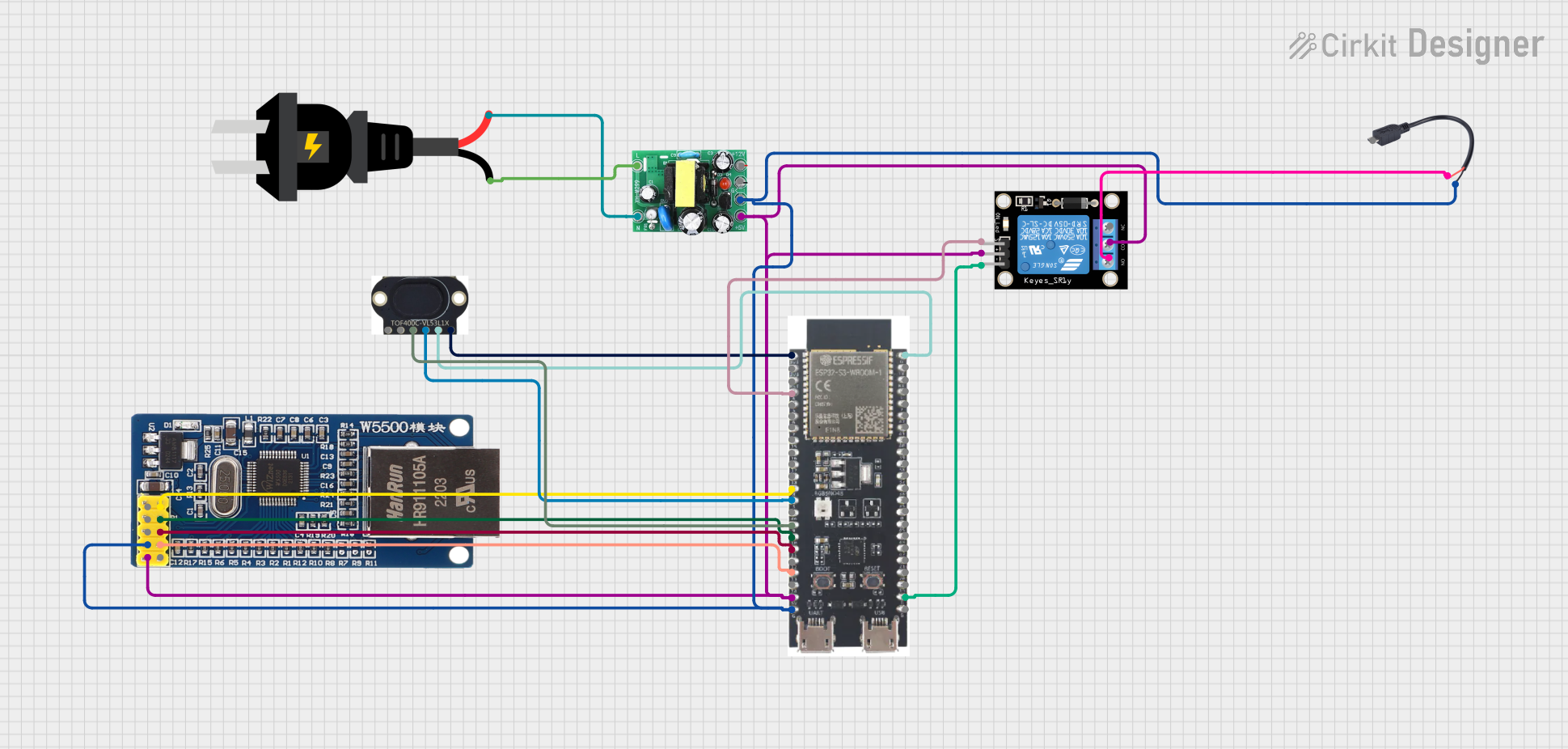
How to Use ze25-o3: Examples, Pinouts, and Specs

 Design with ze25-o3 in Cirkit Designer
Design with ze25-o3 in Cirkit DesignerIntroduction
The ZE25-O3 is an electrochemical gas sensor module designed to detect the presence of ozone (O3) in the air. This sensor is capable of sensing O3 gas concentrations from 0 to 10 ppm, making it suitable for environmental monitoring, industrial safety, and air purification systems. Its high sensitivity and fast response time allow for real-time monitoring of ozone levels in various applications.
Explore Projects Built with ze25-o3

 Open Project in Cirkit Designer
Open Project in Cirkit Designer
 Open Project in Cirkit Designer
Open Project in Cirkit Designer
 Open Project in Cirkit Designer
Open Project in Cirkit Designer
 Open Project in Cirkit Designer
Open Project in Cirkit DesignerExplore Projects Built with ze25-o3

 Open Project in Cirkit Designer
Open Project in Cirkit Designer
 Open Project in Cirkit Designer
Open Project in Cirkit Designer
 Open Project in Cirkit Designer
Open Project in Cirkit Designer
 Open Project in Cirkit Designer
Open Project in Cirkit DesignerCommon Applications and Use Cases
- Air quality monitoring
- Industrial ozone concentration detection
- Environmental monitoring stations
- Ozone generators control
- Leak detection in ozone disinfection equipment
Technical Specifications
Key Technical Details
- Target Gas: Ozone (O3)
- Measurement Range: 0 to 10 ppm
- Maximum Overload: 20 ppm
- Resolution: 0.01 ppm
- Response Time: ≤ 30s (90% of reading)
- Working Voltage: 5V ± 0.1V
- Output Signal: UART, Analog Voltage (0.4-2V)
- Working Temperature: -10°C to 50°C
- Working Humidity: 15% to 90% RH (non-condensing)
- Dimensions: 23mm x 22mm x 15mm
Pin Configuration and Descriptions
| Pin Number | Name | Description |
|---|---|---|
| 1 | VCC | Power supply (5V) |
| 2 | GND | Ground |
| 3 | TX | UART transmit |
| 4 | RX | UART receive |
| 5 | DAC | Analog voltage output |
Usage Instructions
How to Use the Component in a Circuit
- Power Supply: Connect the VCC pin to a 5V power source and the GND pin to the ground.
- Signal Output: For UART communication, connect the TX and RX pins to a microcontroller capable of UART, such as an Arduino UNO. For analog output, connect the DAC pin to an analog input on your microcontroller.
- Calibration: Before using the sensor for precise measurements, it is recommended to calibrate it using a known concentration of ozone.
Important Considerations and Best Practices
- Avoid exposure to high concentrations of ozone for extended periods to prevent sensor degradation.
- Ensure that the sensor is not subjected to volatile organic compounds and high concentrations of CO2, which may affect readings.
- Use the sensor in well-ventilated areas to prevent saturation.
- Implement a preheating time of at least 20 minutes for the sensor to stabilize before taking measurements.
Troubleshooting and FAQs
Common Issues
- Inaccurate Readings: Ensure the sensor is calibrated correctly. Avoid placing the sensor near other sources of gases and volatile organic compounds.
- No Output Signal: Check the power supply and connections to the sensor. Ensure the UART or analog output is correctly configured in your microcontroller.
Solutions and Tips for Troubleshooting
- Calibration: Perform regular calibration with a known ozone source to maintain accuracy.
- Connection Issues: Double-check wiring, especially the VCC and GND connections, and ensure that the UART or analog pins are correctly connected to the microcontroller.
FAQs
Q: Can the sensor detect other gases?
- A: The ZE25-O3 is specifically designed for ozone detection and may not accurately detect other gases.
Q: What is the lifespan of the sensor?
- A: With proper use and maintenance, the sensor can last up to 2 years.
Q: How often should the sensor be calibrated?
- A: Calibration frequency depends on usage, but it is generally recommended to calibrate the sensor every 3 to 6 months.
Example Arduino Code
// Example code for interfacing ZE25-O3 with Arduino UNO
#include <SoftwareSerial.h>
SoftwareSerial mySerial(10, 11); // RX, TX
void setup() {
Serial.begin(9600); // Start serial communication at 9600 baud
mySerial.begin(9600); // Start the software serial port at 9600 baud
}
void loop() {
if (mySerial.available()) { // If data is available to read,
char c = mySerial.read(); // read it and store it in 'c'
Serial.print(c); // Print the value of 'c' on the Serial Monitor
}
if (Serial.available()) { // If data is available to write,
char c = Serial.read(); // read it and store it in 'c'
mySerial.write(c); // Send the value of 'c' over software serial port
}
}
Note: This example code is for UART communication. For analog output, read the voltage from the DAC pin using analogRead() and convert it to ozone concentration using the sensor's datasheet.
Remember to wrap the sensor in a protective case to prevent physical damage and exposure to harsh environmental conditions. Always refer to the ZE25-O3 datasheet for detailed information and specifications.